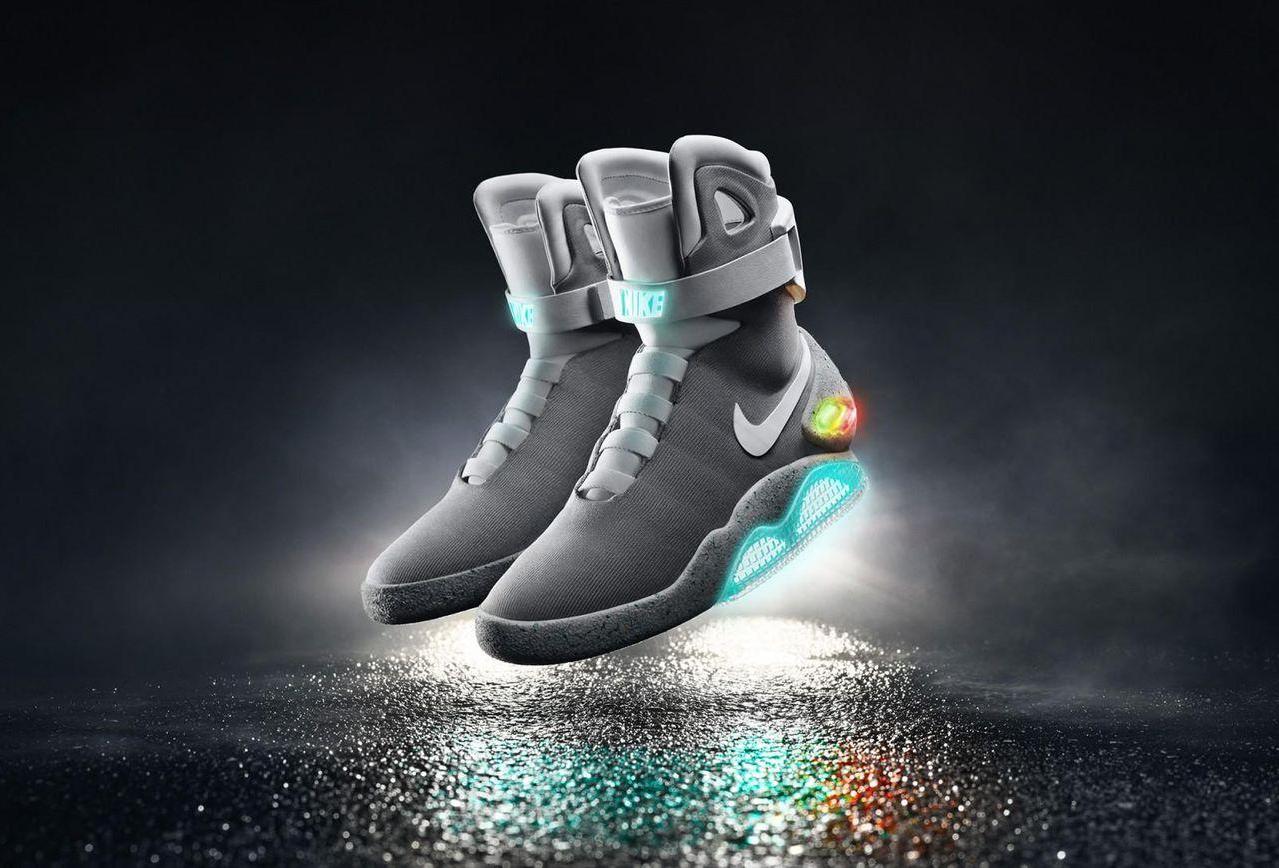Sneaker Plugs: The Evolution of Electronics in Sneakers
When the world first saw Marty McFly sporting self-lacing back in 1989, the notion of combining electronics and sneakers was pretty much reserved for science fiction. Fast-forward to 2019, and the self-lacing sneaker concept is, frankly, so last decade.
We know has come a long way, but what have designers done to integrate the ongoing electronic advancement with consumer sneakers? The answer: a lot, but at the same time, not very much.
The majority of sneakers we cop are still free of any electronic components, but that’s not to say the brands haven’t tried. Here’s a look back at the best (and worst) sneaker gadgets and gimmicks we’ve seen over the years.
LED mania began to flicker as we approached the turn of the century, and the switch was pretty much flicked off completely when consumers realised the sneakers were poison – quite literally. Parents were quick to turn off the brand when they found out they were strapping toxic mercury (used in the electronics) to their kids’ feet. In fact, the state of Minnesota even went so far as to ban sales and distribution, as well as forced L.A. Gear to pay $70,000 in disposal costs and set-up a mail-in recycling service.
Unfortunately, the rest of the decade’s electronic sneaker advancements proved pretty dim. Perhaps electronics and sneakers weren’t meant to interconnect after all?
